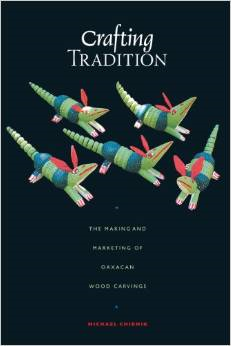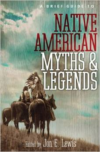Description
Since the mid-1980s| whimsical| brightly colored wood carvings from the Mexican state of Oaxaca have found their way into gift shops and private homes across the United States and Europe| as Western consumers seek to connect with the authenticity and tradition represented by indigenous folk arts. Ironically| however| the Oaxacan wood carvings are not a traditional folk art. Invented in the mid-twentieth century by non-Indian Mexican artisans for the tourist market| their appeal flows as much from intercultural miscommunication as from their intrinsic artistic merit.
In this beautifully illustrated book| Michael Chibnik offers the first in-depth look at the international trade in Oaxacan wood carvings| including their history| production| marketing| and cultural representations. Drawing on interviews he conducted in the carving communities and among wholesalers| retailers| and consumers| he follows the entire production and consumption cycle| from the harvesting of copal wood to the final purchase of the finished piece. Along the way| he describes how and why this “invented tradition” has been promoted as a “Zapotec Indian” craft and explores its similarities with other local crafts with longer histories. He also fully discusses the effects on local communities of participating in the global market| concluding that the trade in Oaxacan wood carvings is an almost paradigmatic case study of globalization.






Reviews
There are no reviews yet.